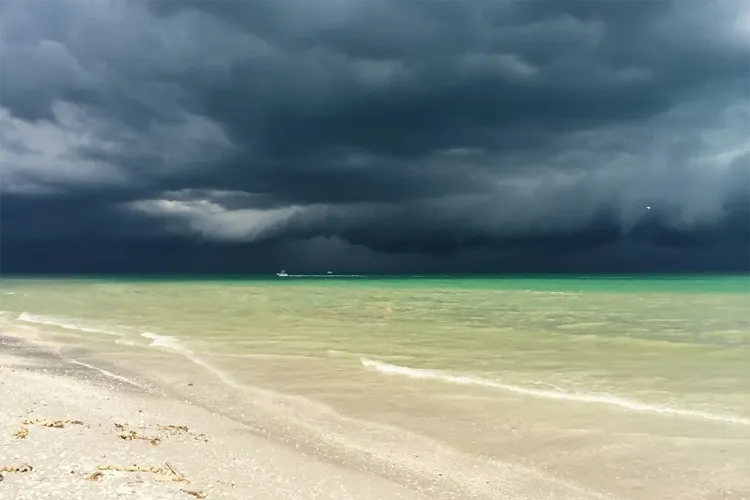Officials and residents in the state of Florida are bracing for Hurricane Milton, a storm which attained Category 4 status and is presently barreling toward the Tampa Bay area.
With state and federal resources already strained amid their response to Hurricane Helene, which impacted Florida and several other states last month, Hurricane Milton is expected to produce a storm surge of as many as fifteen feet, as well as flooding across the state from heavy rains.
Hurricane Milton, which attained Category 5 status on Monday before slowing down, is forecasted to speed up once more later on Tuesday before making landfall on Wednesday.
One alert from the National Hurricane Center cautioned residents that Hurricane Milton “has the potential to be one of the most destructive hurricanes on record for west-central Florida.”
Florida Republican Governor Ron DeSantis suspended state tolls for seven days in the areas expected to be impacted by Hurricane Milton as local authorities issue evacuation mandates. He also deployed state resources to protect critical infrastructure, remove debris that could become projectiles in the strong winds, and station emergency response assets.
“Basically the entire peninsula portion of Florida is under some type of either a watch or a warning,” DeSantis warned in a briefing on Tuesday morning. “Time is running out. But you do have time today to heed any evacuation orders and do what you need to do to protect yourself.”
The arrival of Hurricane Milton comes weeks after Hurricane Helene devastated the big bend area of Florida, as well as portions of South Carolina, Georgia, North Carolina, Tennessee, and Virginia. One estimate from CoreLogic said that the storm will cost between $20 billion and $30 billion in uninsured losses since many residents in the inland states did not possess insurance.
“A significant portion of the losses from this hurricane are likely to go uninsured, leaving the individual property owner responsible for paying for repairs,” the data analytics firm said.




